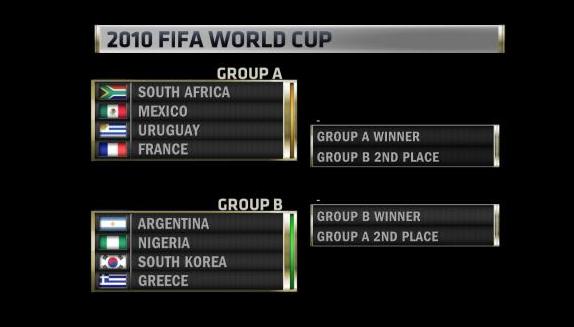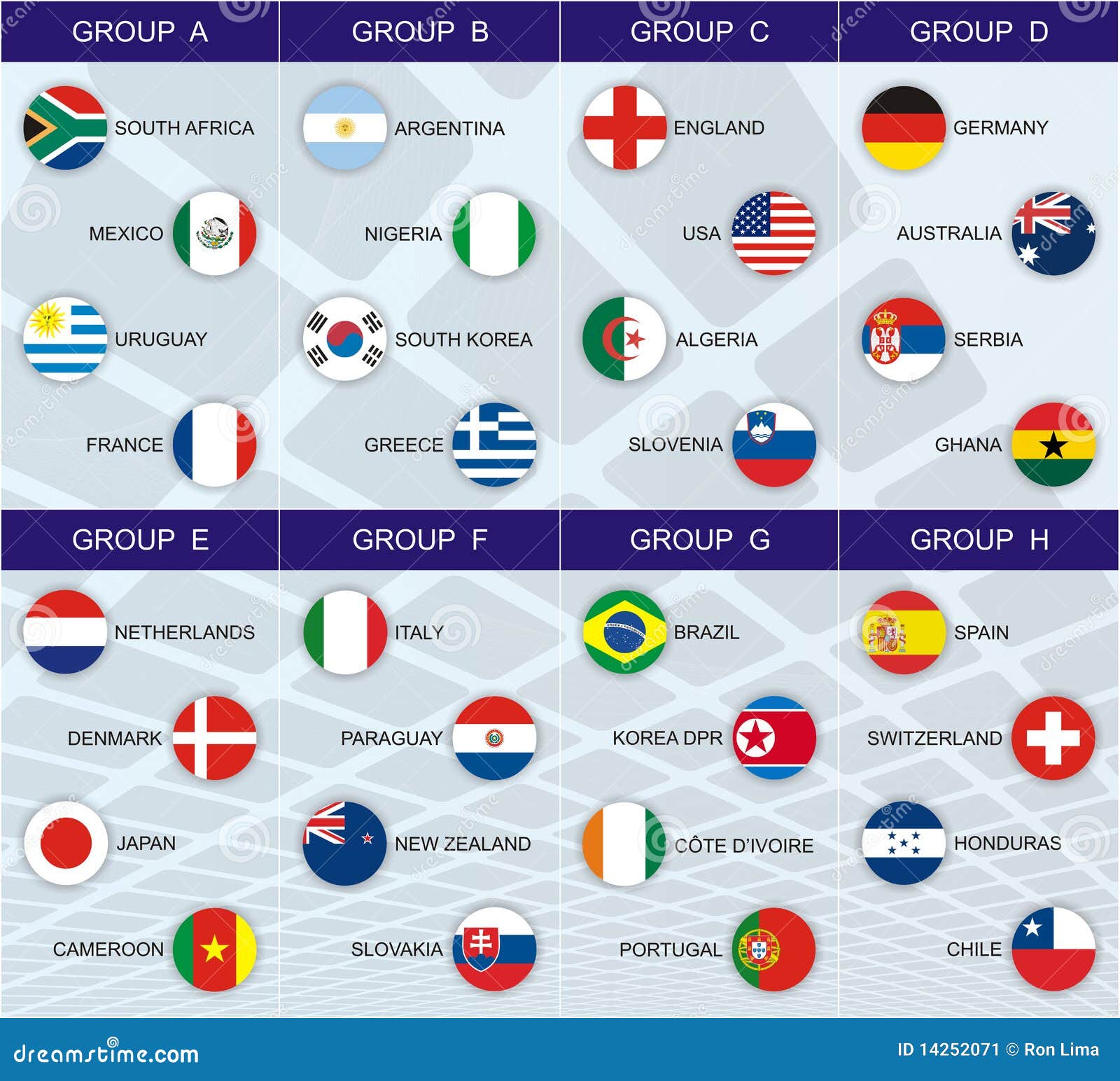
My students had the chance to talk to 15 or so locals who worked implementing the Grassroots Soccer programs and who genuinely appreciated the center-apparently, the area had previously been a neighborhood blight, and the mini-turf field along with the offices and classrooms that took up a space the size of a small gymnasium made for a welcome change.

We were hosted by the NGO that is the “Centre Host”: Grassroots Soccer, which is devoted to HIV education through soccer-based activities. Khayeltisha itself is a huge and diverse place, with an estimated population of at least 400,000, with the center hidden away in a small corner down dusty, paved streets.

In June of 2013 I actually had a chance to visit the Khayelitsha center while leading a study abroad program in Cape Town, and I was reasonably impressed. It should be said that each of the individual centers look to be nice places-ostensibly collaborative efforts between host communities and host NGO’s, they offer different types of educational programming linked by an interest in soccer. But this report also raises the second basic complication of this particular claim to a “legacy”: 20 small centers, most of which do not seem to include full-sized fields, tangibly works out to one miniature field for every 50 million people on the continent, and abstractly works out to a perpetuation of the unfortunate perception that Africa is one place sharing a homogenous need for help. We do know that FIFA produced a " final report" promoting the completion of all 20 centers at the end of 2013 (though even there the final report seems to include pictures of centers that are still under construction or in concept). It is a bit hard to confirm the actual numbers today both because FIFA was never very up-front about the status of the “20 Centres” and because they were spread out across the massive geographic agglomeration of nations and regions that is the continent of Africa. (NPR reporter Anders Kelto produced a mildly critical story on the project at the end of July 2010.) There were perhaps four more centers done within a month of the tournament ending, at least according to the only media source I know of that actually followed up on the reality of FIFA’s promotional campaign. But while FIFA was quick to promote “20 Centres” for its alliterative connection to 2010, the actual count of real centers, upon tournament kick-off, seems to have been the third digit in 2010: one center in the Khayelitsha township of Cape Town that provided a scenic backdrop for further promotional events. In most readings, the word for conveys an idea that the centers were to be built in conjunction with other tournament accoutrements like massive stadiums.

The “20 Centres for 2010” program also had some more fundamental issues, starting with a simple matter of grammar. But given the state of contemporary global society and the global game, could the same not be said of every continent? The simple fact is that the only nations to ever win a World Cup are from either Europe or South America-the rest of us are still trying to figure it out. There is also a remarkably widespread passion for soccer, and an abundance of talent. THE BASIC IMPULSE OF a social legacy program for the first World Cup on the African continent, of course, is a decent one: Within the 53 countries and over a billion people that make up Africa, there are intense and unjust inequalities. But at a broader social and structural level, those connections allow, and maybe even enable, the broader problems of global inequality and unequal opportunity.

Here is the fundamental tension in the feel-good stories of a World Cup and its legacy: At a personal level soccer is a great way to connect with people, and it can be a tool for social change.


 0 kommentar(er)
0 kommentar(er)
